Low-Intensity Laser Therapy
Low Intensity Laser Therapy (also known as Low Level Laser Therapy), is a non-invasive treatment that utilises specific types of red and infrared light to interact with tissue. It is a safe, effective, drug-free option that reduces pain and promotes healing in a variety of conditions, including soft tissue and sports injuries, surgical and other wounds, arthritic conditions, repetitive strain injuries and skin disorders.
We use the Bioflex Therapist Professional System class 3B DUO 240 system with red and infrared laser and infrared probe. BioFlex Laser (a division of Meditech International Inc) has been developing treatment protocols for various conditions for more than 20 years, and are continually researching and refining their protocols. The main research center is at the Toronto Meditech Rehabilitation Clinic, where 1200-1500 treatments are administered on a weekly basis. There are more than 700 clinics using the BioFlex Laser Therapy Systems worldwide.
How does it work?
The primary goal of LILT is to curtail the damage caused by pro-inflammatory cells, and to stimulate tissue repair, and synthesize collagen. The exact mechanisms via which LILT can speed healing and recovery from injury are still being studied, but the following mechanism have been found in humans and animals:
- Reductions in inflammatory cell infiltrates into injured tissue (neutrophils, macrophages, lymphocytes, and mast cells) .
- Enhanced phagocytosis of macrophages
- Reduced inflammatory cytokines, including the interleukins and tumour-necrosis factor (TNF-alpha).
- Cytochrome C -associated enhanced mitochondrial respiration and ATP production, both of which support cellular regeneration.
- Activation of several transcription factors via nitric oxide, and cyclic AMP signalling pathways.
- Increased angiogenesis.
- Enhanced proliferation, maturation, and motility of fibroblasts, and increased production of basic fibroblast growth factor.
A full copy of relevant references is at the bottom of this page.
What conditions can laser therapy be used to treat?
Laser therapy may be effective in the treatment of:
- Inflammatory joint pain and arthritis,
- Muscle and soft tissue injury including sports injuries
- Repetitive strain injuries such as tennis elbow
- Accelerate healing of any skin, muscle, bone, ligament or tendons wounds
- Post-surgical wound healing
- Chronic skin ulcerations or other skin conditions
Are there side effects?
Hundreds of research studies have shown laser therapy to be safe and effective. Laser Therapy is non-invasive and non-toxic. Unlike other forms of radiation, laser therapy is beneficial rather than harmful to tissue. The potential for eye damage, however, has necessitated the routine use of protective eye-wear during use.
What is the cost and what is the duration and frequency of therapy?
The nature of the condition will determine the number and duration of each session. Most conditions require 8-12 treatments (1-3 times a week) for an adequate response. We do not recommend using LILT for complex and chronic back/neck pain but we find it can be helpful to speed recovery for acute back or neck injuries. The frequency, power output and light wavelength, are determined at the initial consultation and are based on Meditech’s protocols for each condition.For example, an acute ankle injury may involve ten 30 minute sessions and bursitis of the hip may involve twelve 45 minute sessions ( More information regarding the frequency and number of sessions required, can be provided at the time of your initial assessment.Session prices are based on time ( $45 for < 30 minutes, and $90 for 30-60 minutes. The initial appointment will take one hour, so we can include an intake assessment.
Should I see my doctor first?
As Matt (your LILT Technician) is not a medical practitioner, it is advised that you check with your regular doctor that the cause of your pain is not a serious condition needing non-LILT treatment. LILT is not intended to replace standard medical care or advice. Patients with medical conditions are advised to involve their health practitioners at all times.
History and Evidence
Dr N R Finsen (the pioneer of UV therapy) used red light as a therapy in the 19th Century to successfully treat smallpox, measles and dermal tuberculosis. He received a Nobel prize for his work in 1904. Later in the 1960s, Endre Mester used LILT to stimulate hair growth and wound healing in rats. Today, hundreds of placebo-controlled double-blind studies have been completed in the field of LILT, with over 4000 articles including more than 200 double-blind studies. More recent studies have been increasingly successful because the optimal laser wavelength and power intensities have been more clearly determined.
References
- Overview of LILT;
- https://www.ncbi.nlm.nih.gov/pmc/articles/PMC3288797/
- http://www.australiandoctor.com.au/clinical/therapy-update/treating-pain-with-lasers (Doctor access)
- Neuro-rehabilitation;
- Chronic musculoskeletal pain;
- http://www.medscape.com/viewarticle/820491 (requires member access)
- https://www.ncbi.nlm.nih.gov/pmc/articles/PMC4743666/
- https://www.ncbi.nlm.nih.gov/pubmed/19913903
- https://www.ncbi.nlm.nih.gov/pubmed/24155802
- http://www.cochrane.org/CD011324/MUSKEL_electrotherapy-modalities-for-adhesive-capsulitis-frozen-shoulder
- https://www.ncbi.nlm.nih.gov/pubmed/20001318
- Chronic inflammation (oral mucositis);
- Wounds / Ulcers;
- https://www.ncbi.nlm.nih.gov/pubmed/27896528
- https://www.ncbi.nlm.nih.gov/pubmed/27841968
